The demands of modern industries have never been greater. As sectors like mining, construction, agriculture, and logistics evolve, the need for machinery that can keep pace is key. Today’s power machinery is a fusion of brute force, versatility, precision, and innovation that is reshaping how businesses operate.
Gone are the days when a single-purpose machine was sufficient for most tasks. Industries now require equipment that adapts to diverse challenges with efficiency and ease. Multi-functional machinery has emerged as a game-changer, allowing businesses to consolidate operations without compromising on performance.
Compact loaders, for instance, are known for their agility and ability to perform in tight spaces. These machines have redefined productivity standards. Equipped with a vast array of attachments—ranging from augers to grapples and dozer blades—these loaders can transition seamlessly between digging, lifting, grading, or hauling. This adaptability translates into significant time and cost savings, enabling operators to achieve more with fewer resources.

The real revolution, however, lies in how technology has redefined power machinery. Modern machines come equipped with advanced hydraulic systems that offer unparalleled precision and power. These systems ensure that even under the most demanding conditions, performance remains consistent and reliable.
Features like automatic ride control bring a new level of stability, reducing spillage and improving overall efficiency. Additionally, intuitive control systems, such as joystick controls and touch interfaces, provide operators with unmatched ease of use, minimising fatigue and maximising accuracy.
Another standout feature of today’s power machinery is their data integration capabilities. Machines now collect and analyse performance data, offering insights that help operators optimise their workflows. Predictive maintenance systems reduce downtime by identifying potential issues before they escalate, ensuring equipment remains operational for longer periods.
In today’s economic climate, efficiency is both an advantage and a necessity. Businesses across sectors are under pressure to reduce costs while meeting rising demands, making the versatility of their equipment a strategic priority.
For instance, in construction, a compact loader that can switch from grading to material handling eliminates the need for multiple machines. Similarly, in agriculture, versatile attachments allow farmers to plough, seed and transport materials using a single piece of equipment. This consolidation reduces overhead costs, simplifies maintenance, and enhances operational efficiency.
The integration of power machinery into industrial operations goes beyond productivity as it transforms workflows. By investing in the right equipment, companies can rethink how they approach tasks, unlocking new efficiencies.
What once required multiple teams or extended timelines can now be achieved faster and with fewer resources. The ripple effect of this transformation extends beyond the job site. Efficient machinery reduces energy consumption and lowers the environmental impact of operations, aligning with the global shift towards sustainability. Businesses adopting advanced machinery are not just improving their bottom line; they are also contributing to a more responsible future.
As industries push the boundaries of what’s possible, power machinery will continue to evolve. The next generation of machines will likely incorporate more automation, artificial intelligence, and connectivity. Imagine equipment that autonomously adjusts its performance based on terrain or workload, or fleets of machines that communicate with each other to optimise job site efficiency.
For now, what is clear is that power machinery is a strategic asset. Businesses that embrace its potential are better positioned to meet the challenges of today while preparing for the demands of tomorrow. Power machinery is shaping the future of how industries operate.

